Long winter seeds high hopes for farmers
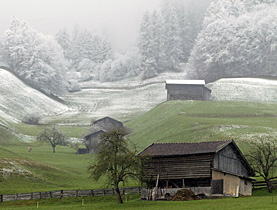
Spring has sprung in the northern hemisphere after a long winter of a kind that hasn't been seen in Switzerland for 20 years.
Winter sports enthusiasts are not the only people in Switzerland to have delighted in the bountiful snow; the long cold period has also left most farmers smiling.
“Basically cold winters are good for agriculture, because they kill pests and diseases,” Sandra Helfenstein, media spokeswoman of the Swiss Farmers Union, told swissinfo.
That is not the only advantage, as Jürg Maurer, head of the fruit and berry department of the Inforama agriculture education centre of canton Bern, explained. He welcomed the fact that the snow cover had lasted throughout the winter, more or less from the first snows in late October and early November until March.
“It’s very good for the soil,” he said.
“It protects it from erosion and enables it to store plenty of moisture. When the soil freezes that has a very positive effect on its structure: it becomes nice and crumbly and makes it easier for water to circulate. And of course it suppresses the weeds. At the moment the vegetation is still yellow; in other years it is often green by now.”
The winter that has just finished was a particularly favourable one, since – in contrast to many recent years – there was little fluctuation in the temperature, Maurer pointed out.
By lasting so long it bucked the trend of the last 20 years, when vegetation emerged from its dormant state two or three weeks earlier than it has done this year, he explained. “Now we have again had what I might call a ‘normal’ picture book winter, with proper snow and temperatures below freezing.”
“I would say we have had the best possible conditions for our fruit crops.”
A berry boom
Another unusual feature of the winter that’s just finished is that conditions have been similar all round the country. In the mornings it is still cold even in the lowlands, with early morning temperatures below zero. The contrasts with other years where the vegetation in mild areas like western Switzerland is often two to three weeks ahead of higher regions.
“The disadvantage is that all the berries, for example, will come onto the market at once,” Maurer warned.
Vegetable growers are now working flat out after the long winter, Nicolas Fellay of the Association of Swiss Vegetable Producers told swissinfo. Over the winter the only vegetable that can still be harvested are leeks. They are very resistant to the cold – but this year there were long periods when the ground was too hard to pick them. The other locally grown vegetables that have been on sale over the winter were harvested earlier and came from storage.
The cold winter will have cleansed the soil, killing off many pests, Fellay said. As for the useful insects, the cold is not a problem, since growers buy them from specialised breeders anyway. Some are bought as eggs and allowed to hatch as the plants develop, whereas bumble bees are purchased as adults to pollinate the already flowering plants.
Purchasing these insects in quantity is an efficient approach, since they will only be effective if there are sufficient numbers of them.
The downside
For all the good news, farmers have had a few problems.
“We are no longer used to such winters,” said Helfenstein. “In a number of regions some farmers had problems with excess manure. We have got used to the fact that winters are no longer as cold as they used to be, and farmers can always spread their manure on the fields because the ground isn’t frozen. So they didn’t all make sure that their silos were empty in the autumn.”
By law, lowland farmers must have four-months storage capacity, and they are not allowed to spread manure when the vegetation is dormant, as it is when the temperature is below zero or the ground is covered with snow.
Some were able to find neighbours to take the extra; others came to an agreement with their commune for interim storage – but others now face legal proceedings for ignoring the law.
For fruit growers the problem was early snowfalls. Not all of them had removed the netting that protects their trees from hail or the vines from birds. The heavy wet snow broke branches or damaged the structures that hold the nets.
But Maurer was philosophical about it.
“You get this sort of snow that weighs down the branches every 20 years or so, either in autumn or spring. We’ve had it in April before now. If the trees are already in bud, and you suddenly get 20 or 30 centimetres of wet snow, then the damage is much worse. But that’s nature for you.”
Does a good winter mean a good spring and a good harvest?
“At the beginning of spring we never talk about what it’s going to be like later,” Fellay said.
“I’m not a prophet,” said Maurer. “We still have April and May to come. Late frosts are possible until the middle of May. It’s true that if spring is starting later, the plants will be less susceptible to frost because they aren’t so developed. But you never know.”
swissinfo, Julia Slater
The start of spring can be defined as the day of the Vernal Equinox.
March 20/21 is the usual day of the Vernal Equinox in the northern hemisphere.
However, it can occur at any time between March 19 and 23.
Technically it is the moment when the centre of the sun is vertically above the Equator.
In 2009 this was at 1244 Central European Time on March 20.
Meteorologists usually define the beginning of spring in the northern hemisphere as March 21.
In recent decades the natural events associated with spring – e.g. trees coming into leaf, birds nestings – have in general been starting earlier than they previously did.
Swiss farmers in recent years have earned more income thanks to better harvests and rising food prices.
According to figures presented last autumn by the Agroscope federal research centre, average earnings per worker increased by 14 per cent to about SFr3,300 ($2,983) a month or roughly SFr39,500 a year.
Average annual income per farm rose by 16 per cent to SFr61,100.
But the Swiss Farmers Association has cautioned that good years can be followed by bad years. It added that farmers will need more good years to catch up with incomes earned in other economic sectors.
Increasing costs for production, such as for fuel and fertilisers, threaten to eat into earnings, the association has warned.

In compliance with the JTI standards
More: SWI swissinfo.ch certified by the Journalism Trust Initiative
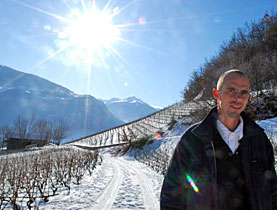
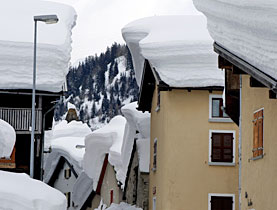
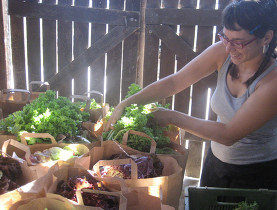
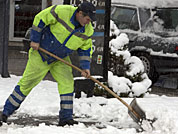
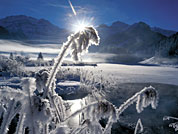
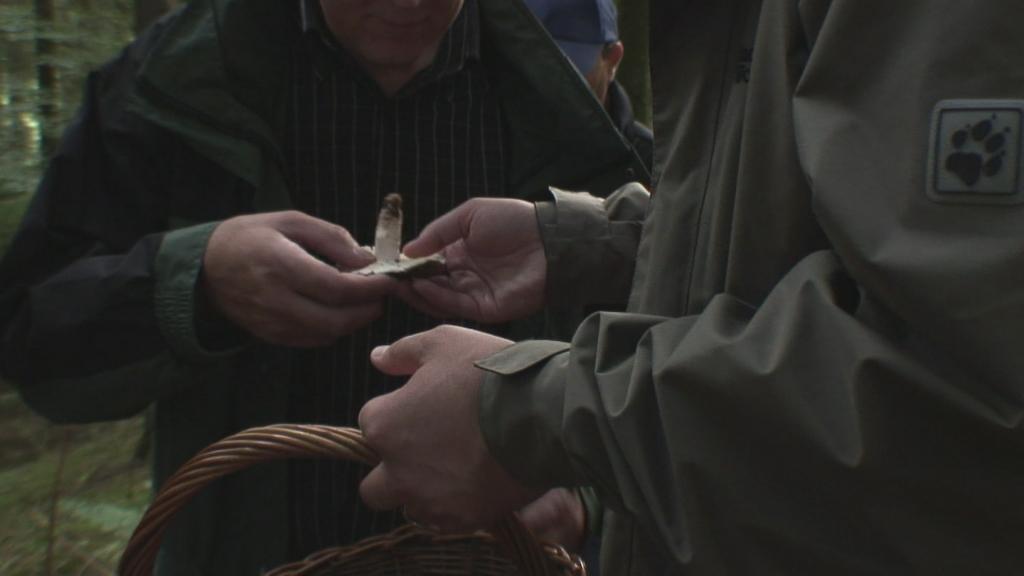
You can find an overview of ongoing debates with our journalists here . Please join us!
If you want to start a conversation about a topic raised in this article or want to report factual errors, email us at english@swissinfo.ch.